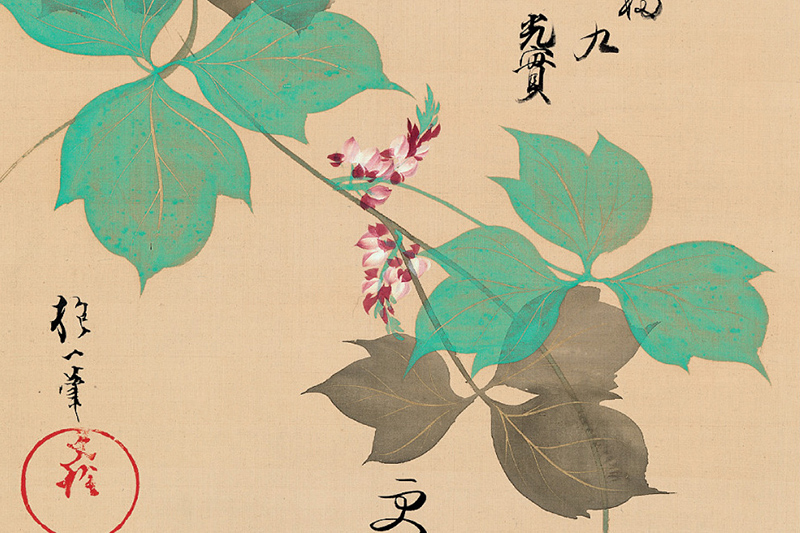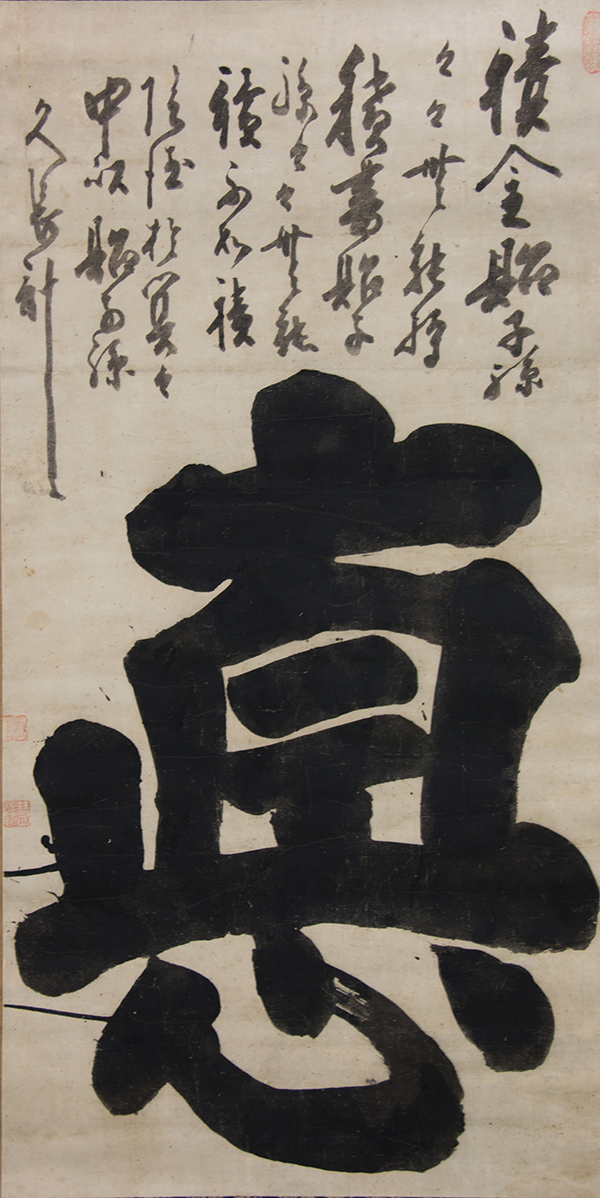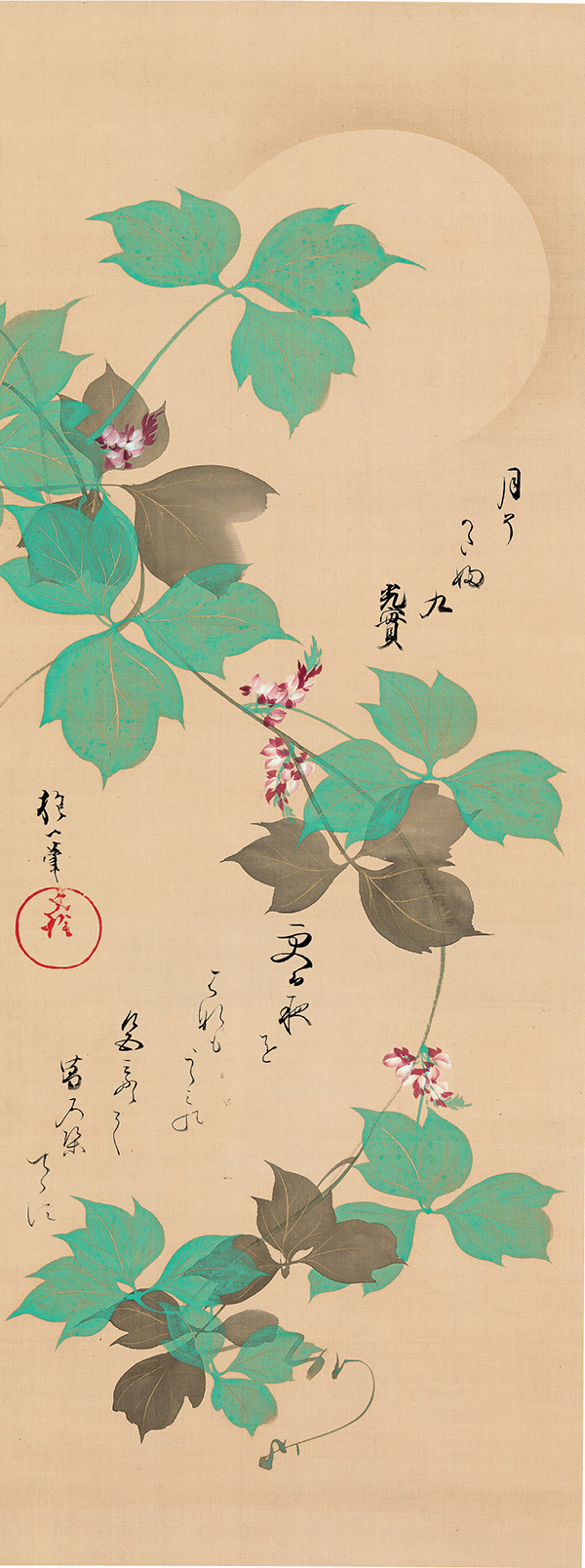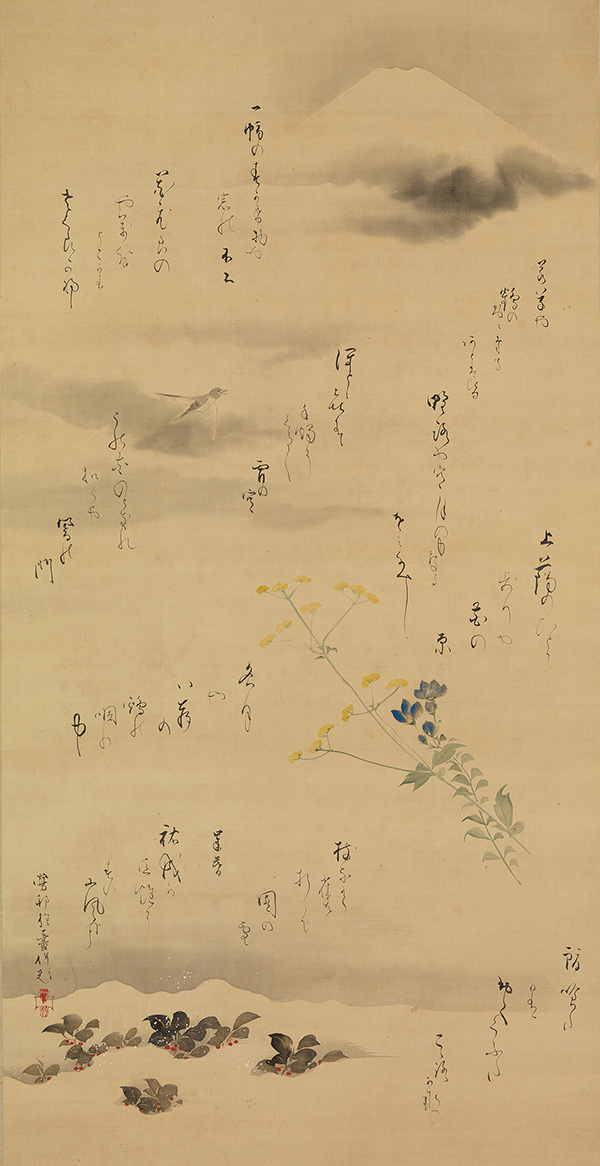ART-PRESENTATION: The Poetry of Nature

The Edo period (1615-1868), is a period of great significance in Japan’s history. At the beginning of the 17th Century, the country was unified under the Tokugawa family after years of civil unrest. The following years were ones of unprecedented peace and prosperity, prompting an increase in artistic, cultural and social development. Although Japan remained a basically agrarian society, towns and cities grew and craft production flourished.
By Dimitris Lempesis
Photo: The Metropolitan Museum Of Art Archive
Painting blossomed in Japan during the Edo period as artists daringly experimented with conventional styles. Novel approaches to pictorial art came to Japan from China or the West, and new schools or styles emerged when individual painters stepped outside the rules set forth by established painting academies. The exhibition “The Poetry of Nature: Edo Paintings from the Fishbein-Bender Collection” at The Metropolitan Museum of Art traceS the development of the major schools and movements of this fascinating era. On presentation are 40 outstanding examples of Edo-period hanging scroll paintings from the Collection of Estelle P. Bender and her late husband, T. Richard Fishbein. Inspired by the way the Collectors enjoyed these works in their home, the exhibition presents the Edo-period paintings in juxtaposition with 15 contemporary Japanese ceramics from the Fishbein-Bender Collection. Unexpected pairings of paintings and decorative objects are also part of an age-old Japanese tradition called tori-awase (connoisseurial arrangement). An additional 50 works in various formats and media from The Met Collection provides further context. Though the Fishbein-Bender Collection focuses on the schools that broke away from the orthodox academies, such as the Kano and Tosa schools, it does include a virtuoso painting of waxwings and cherry blossoms by Kiyohara Yukinobu, a highly skilled woman painter of her day who was trained by Kano masters. Rinpa, literally the “school of [Ogata Kō]rin,” referring to the great Kyoto painter of the early 18th century, is an area in which the Fishbein-Bender Collection excels; notable works include the atmospheric “Moon and Kudzu Vine”, by Sakai Hōitsu, and “Frog on a Lotus Leaf” by his top disciple, Suzuki Kiitsu. Nanga artists, who sought to revive the ideals of the literati culture of China within a Japanese environment, held ink paintings of expressive brushwork by Ike Taiga and his wife Gyokuran in high esteem. The poet-painter Yosa Buson is strongly represented by “Deer in Moonlight”, while the more energetically brushed “Herb Gatherers in the Mountains” was one of the Collectors’ final acquisitions before Mr. Fishbein’s untimely death in October 2014. Zen painting and calligraphy had never been a focus of their collecting interests, but they could not resist acquiring the magically powerful calligraphy with the oversize Chinese character for “Virtue” by the monk Hakuin Ekaku. The Maruyama-Shijō school, famous for its marvelously naturalistic renderings of flora and fauna, is superbly represented by “Two Deer beneath Maple Trees”, by the school’s founder, Maruyama Ōkyo. The final section of the exhibition contains imaginary portraits of women of the Yoshiwara demimonde, including a rare and beautifully preserved painting of a courtesan by Hishikawa Moronobu of the late 17th century.
Info: Curator: John T. Carpenter, Assistant Curator: Monika Bincsik, The Metropolitan Museum Of Art, The Met Fifth Avenue, 1000 Fifth Avenue, New York, Duration: 27/2/18-8/1/19, Days & Hours: Sun-Thu 10:00-17:30, Fri-Sat 10:00-21:00, www.metmuseum.org



